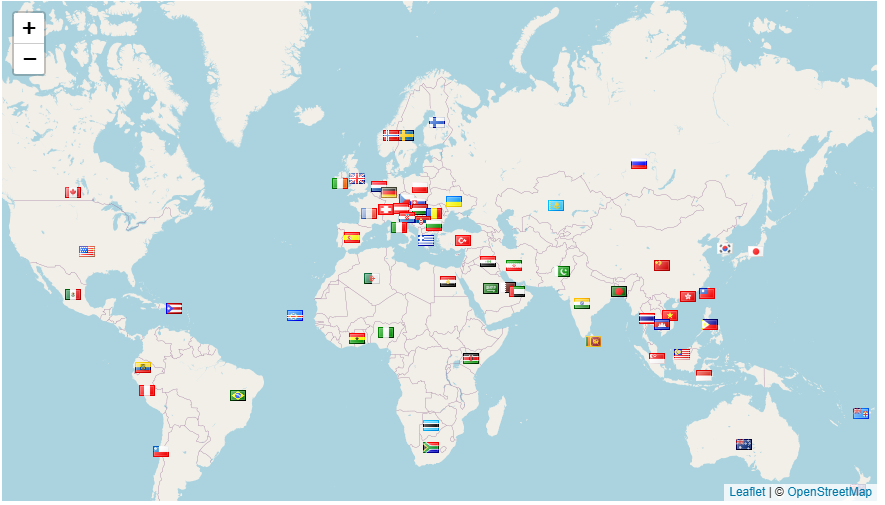Improving the Quality of Frozen Chicken Sempol Products Using the Six Sigma Method at UMKM Suropati Pasuruan
DOI:
https://doi.org/10.70822/journalofevrmata.vi.41Keywords:
Defect Product, DPMO, FMEA, Six Sigma, Suropati MSMEAbstract
Suropati MSME is a frozen chicken abacus producer in Pasuruan Regency. More and more competitors require compani to improve the quality of their products as a step to prevent consumers from moving to competing products. Quality problems have not been fully implemented by Suropati MSME as seen from the large number of defective products. The purpose of this study is to determine the factors that cause product defects and provide suggestions for improvements that are in accordance with the conditions of MSME so as to achieve zero defects. The method used is six sigma DMAIC (Define, Measure, Analyze, Improve, and Control) with Failure Mode and Effect Analysis (FMEA). The sigma value obtained is 2.821 while the % final yield is 81.358%. The contributing factors are man (33.33%), machine/equipment (16.67%), method (33.33%), and environment (16.67%). The proposed improvements given are additional employees, the use of alarms, the use of production equipment according to production capacity, and temporary closure of the selling place.
References
H. Arabian-Hoseynabadi, H. Oraee, and P. J. Tavner, “Failure Modes and Effects Analysis (FMEA) for wind turbines,” International Journal of Electrical Power and Energy Systems, vol. 32, no. 7, pp. 817–824, Sep. 2010, doi: 10.1016/j.ijepes.2010.01.019.
M. Abdelgawad, A. R. Fayek, and A. M. Asce, “Risk Management in the Construction Industry Using Combined Fuzzy FMEA and Fuzzy AHP”, doi: 10.1061/ASCECO.1943-7862.0000210.
F. Franceschini and M. Galetto, “A new approach for evaluation of risk priorities of failure modes in FMEA,” Int J Prod Res, vol. 39, no. 13, pp. 2991–3002, Sep. 2001, doi: 10.1080/00207540110056162.
J. K. Chen, “Utility priority number evaluation for FMEA,” Journal of Failure Analysis and Prevention, vol. 7, no. 5, pp. 321–328, 2007, doi: 10.1007/s11668-007-9060-2.
C. Paciarotti, G. Mazzuto, and D. D’Ettorre, “A revised FMEA application to the quality control management,” International Journal of Quality and Reliability Management, vol. 31, no. 7, pp. 788–810, Jul. 2014, doi: 10.1108/IJQRM-02-2013-0028.
A. Scipioni, G. Saccarola, A. Centazzo, and F. Arena, “FMEA methodology design, implementation and integration with HACCP system in a food company.” [Online]. Available: www.elsevier.com/locate/foodcont
G. Cassanelli, G. Mura, F. Fantini, M. Vanzi, and B. Plano, “Failure Analysis-assisted FMEA,” Microelectronics Reliability, vol. 46, no. 9–11, pp. 1795–1799, Sep. 2006, doi: 10.1016/j.microrel.2006.07.072.
A. J. Card, J. R. Ward, and P. J. Clarkson, “Beyond FMEA: the structured what-if technique (SWIFT).,” 2012. doi: 10.1002/jhrm.20101.
A. Scipioni, G. Saccarola, A. Centazzo, and F. Arena, “FMEA methodology design, implementation and integration with HACCP system in a food company.” [Online]. Available: www.elsevier.com/locate/foodcont
G. Cassanelli, G. Mura, F. Fantini, M. Vanzi, and B. Plano, “Failure Analysis-assisted FMEA,” Microelectronics Reliability, vol. 46, no. 9–11, pp. 1795–1799, Sep. 2006, doi: 10.1016/j.microrel.2006.07.072.
S. G. Teng, S. M. Ho, D. Shumar, and P. C. Liu, “Implementing FMEA in a collaborative supply chain environment,” International Journal of Quality and Reliability Management, vol. 23, no. 2, pp. 179–196, 2006, doi: 10.1108/02656710610640943.
V. Ebrahimipour, K. Rezaie, and S. Shokravi, “An ontology approach to support FMEA studies,” Expert Syst Appl, vol. 37, no. 1, pp. 671–677, 2010, doi: 10.1016/j.eswa.2009.06.033.
Z. Bluvband, A. Ltd Pavel Grabov, and A. Ltd, “Failure Analysis of FMEA,” 2009.
M. Bahrami, D. H. Bazzaz, and S. M. Sajjadi, “Innovation and Improvements In Project Implementation and Management; Using FMEA Technique,” Procedia Soc Behav Sci, vol. 41, pp. 418–425, 2012, doi: 10.1016/j.sbspro.2012.04.050.
K. Xu, L. C. Tang, M. Xie, S. L. Ho, and M. L. Zhu, “Fuzzy assessment of FMEA for engine systems.” [Online]. Available: www.elsevier.com/locate/ress
M. Abdelgawad, A. R. Fayek, and A. M. Asce, “Risk Management in the Construction Industry Using Combined Fuzzy FMEA and Fuzzy AHP”, doi: 10.1061/ASCECO.1943-7862.0000210.
A. C6sar, F. Guimar~es, C. Marcelo, and F. Lapa, “FUZZY FMEA APPLIED TO PWR CHEMICAL AND VOLUME CONTROL SYSTEM,” Progress in Nuclear Energy, vol. 44, no. 3, pp. 191–213, 2004, doi: 10.1016/j.pnucene.2003.12.001.
M. L. Chiozza and C. Ponzetti, “FMEA: A model for reducing medical errors,” Clinica Chimica Acta, vol. 404, no. 1, pp. 75–78, Jun. 2009, doi: 10.1016/j.cca.2009.03.015.
E. Cecilia. Donnelly, Tuscan magdalen, and other legends and poems. Nabu Press, 2010.
C. Kara-Zaitri and V. Fleming, “An improved FYGA methodology.”
S. J. Rhee and K. Ishii, “Using cost based FMEA to enhance reliability and serviceability,” Advanced Engineering Informatics, vol. 17, no. 3–4, pp. 179–188, Jul. 2003, doi: 10.1016/j.aei.2004.07.002.
T. A. Carbone and D. D. Tippett, “Project risk management using the project risk fmea,” EMJ - Engineering Management Journal, vol. 16, no. 4, pp. 28–35, 2004, doi: 10.1080/10429247.2004.11415263.
Downloads
Published
Issue
Section
License
Copyright (c) 2024 Muchamad Hengki Riawan Putra, Eko Budi Utomo, Faris Rochman Maulana, Muhammad Saiful Huda

This work is licensed under a Creative Commons Attribution 4.0 International License.







